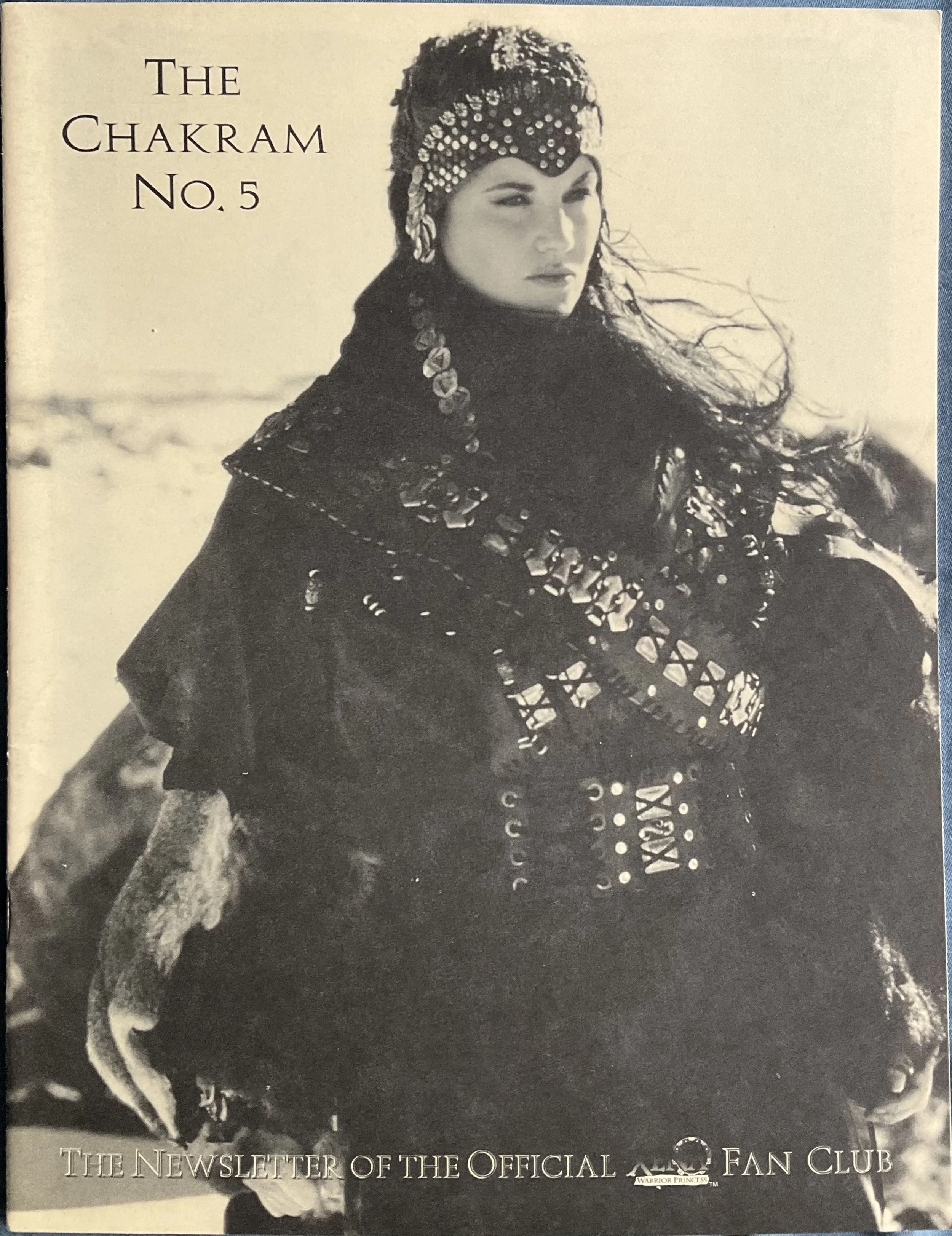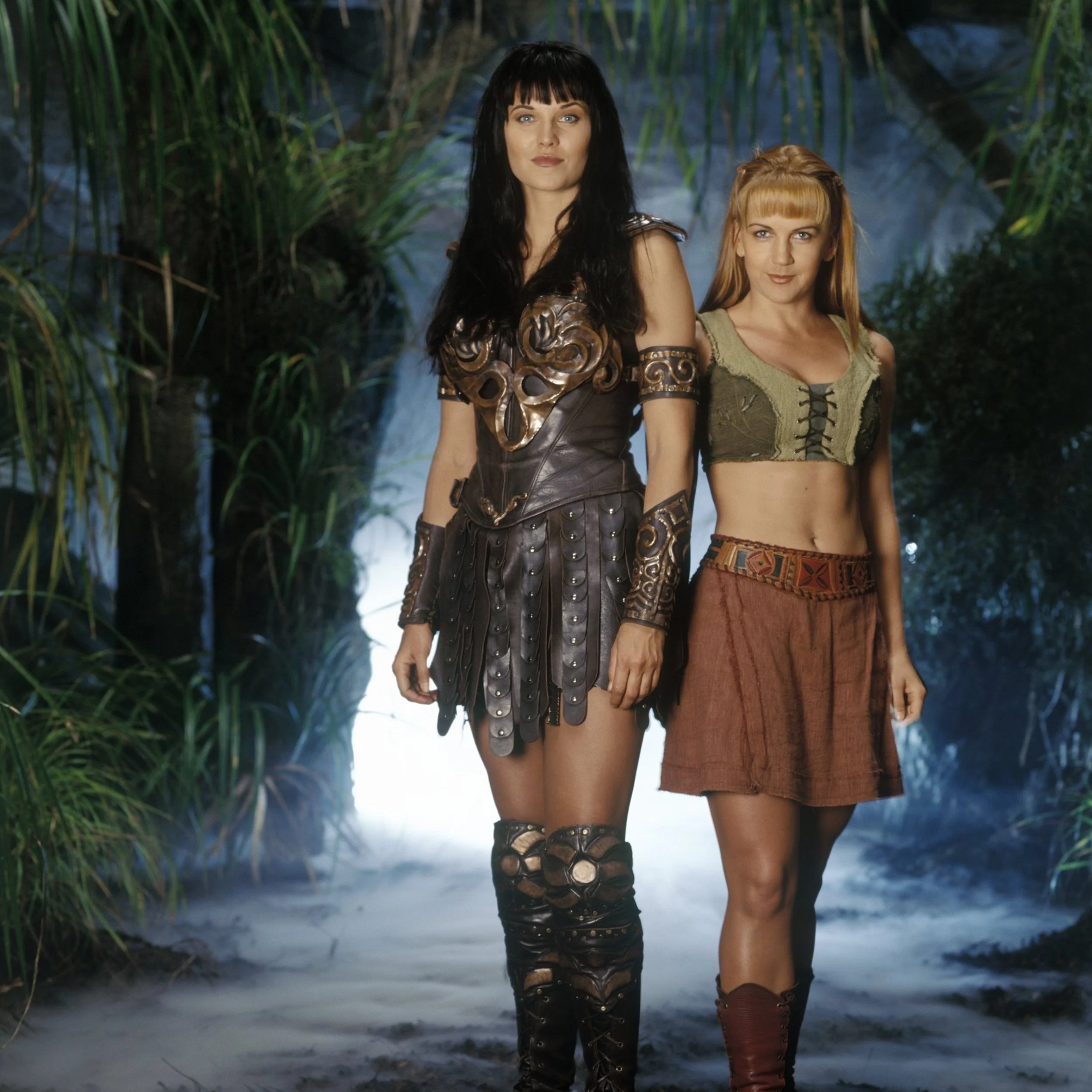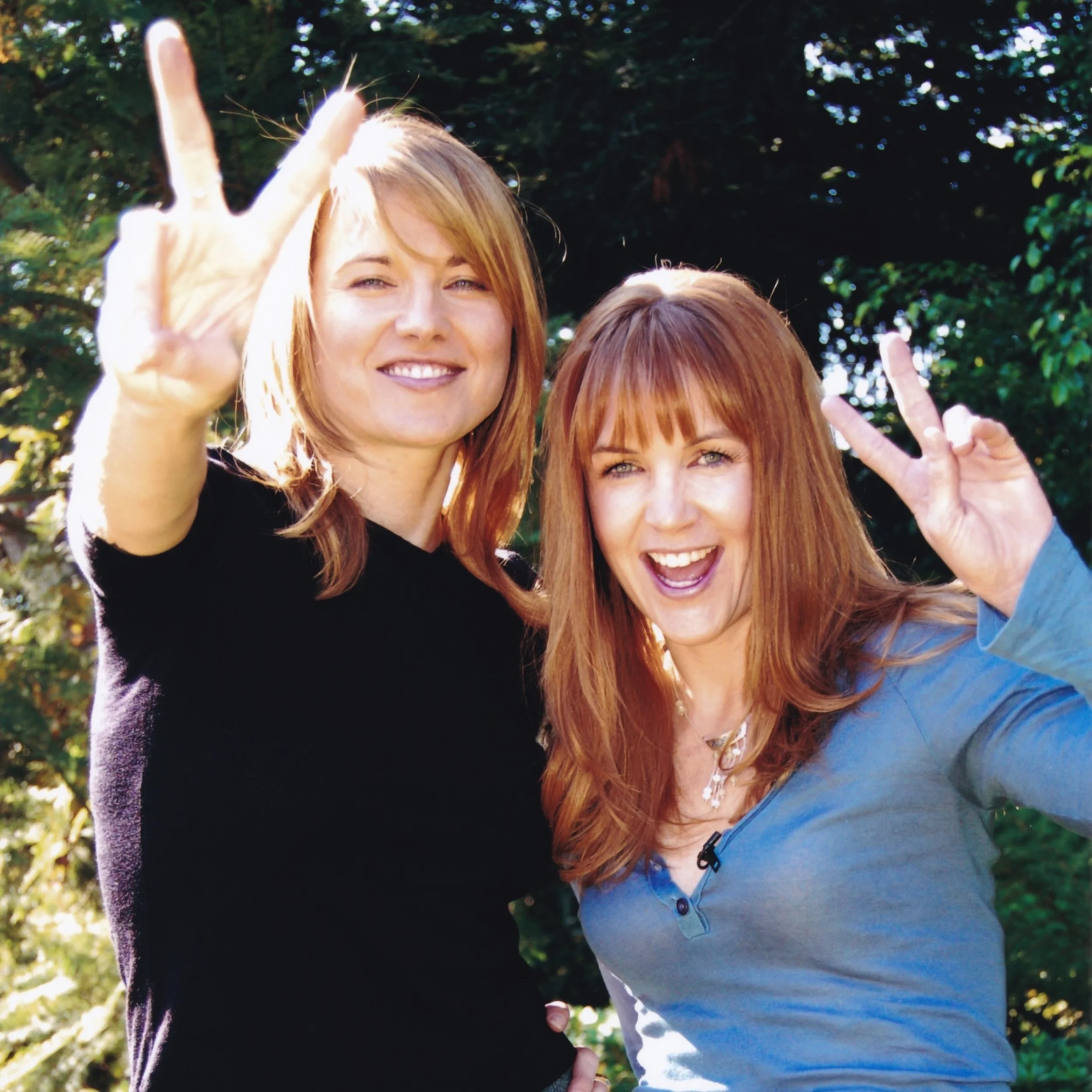Eric Gruendemann
Co-Executive Producer
The Chakram Newsletter: Issue 05
SD: Can you give me an overview of what your job covers?
Eric: I work under Rob Tapert and Sam Raimi. Pacific Renaissance employs about 600 full-time people and that doesn't include extras and cast. I oversee all aspects of production here in New Zealand. I budget the shows and schedule the seasons. I loosely supervise, along with Rob, the post production and visual effects. I cast the episodes and work with Rob and the writers very closely on script issues regarding what we can and can't do. One of my primary responsibilities is to keep the shows on track with the directors that come down to do the show. I make sure they see the vision the way we do.
SD: The still photos I’ve seen from “Adventures In The Sin Trade” are stunning. But seeing the pouring rain in the background, illustrates the fact that weather plays a large part in the filming of this show.
Eric; We’re about to begin our seven week hiatus now because it's the rainy season in New Zealand. We’ve been caught out several times recently with weather forecasts. In Auckland, because we’re between the Tasman and the Pacific, we get weather fronts coming from both sides. You’ll start shooting in the morning and by 11:00 am it will be pouring and you never know how long it’s going to last.
SD: I’ve heard about the tin-roofed warehouses you use for soundstages that let in quite a bit of sound and seen clips of scenes shot outdoors with thunder, helicopters and what sounded like a million cicadas all rubbing their legs together at the same time. This means the actors have to loop (re-record their dialog) at a later date in the studio. If it's a scene with both Lucy and Renee, do they do the looping together?
Eric: No. Being able to recreate an emotionally charged performance after a 12-hour day, at eight o'clock at night, when you're tired and haven't yet eaten dinner is a testament to the skill of the actors. And then to have to loop the scene without the other actor makes you appreciate their skill and talent even more
SD: “Sin Trade” looks to be quite a different type of Xena episode.
Eric: It's going to be pretty wild. T.J. Scott is a very wild director. Rob was very excited about going to a different location and doing some work in snow. It was a very, very cold, hard shoot — sleet, snow, rain, we got it all in droves. While we got some horrible weather, what I think will be great for the viewers is just how different the landscapes are. You can actually see how cold it is. We were up above the snow line and it is absolutely raining for real and Lucy was soaked when she was riding around. I think it makes for a gritty, wonderful looking episode.
SD: There’s a photo of Xena in a black cloak with her arms up in what seems like a ritual motion. She's holding something and her hand seems to be drenched in blood. There’s also a shot of Lucy sitting on a horse with a blue umbrella and red poncho and the saddest looking "I wanna go home” face you have ever seen.
Eric: These episodes were an enormous challenge for Lucy physically and emotionally and she was a real trouper as always. She's extremely committed and came through wonderfully. I was fortunate enough to sit in my heated office and watch the dailies every day, feeling like a total wimp. I went out to the set occasionally and said, “Boy, it’s cold out here!” and watched everyone looking at me with those “We’re going to kill you” eyes. (laughing)
SD: Lucy’s costume isn’t exactly what anyone would choose to wear under such conditions.
Eric: We have huge coats that they take off right before the cameras roll and hot water bottles, gloves and hats. You do everything you can to protect your actors. With Lucy and the traveling she does in those two episodes, we gave her a sort of bearskin cloak and she also has a couple different wardrobe changes that are new to the show. We did cover her up a little more than normal.
SD: T.J. said that Renee was a director's observer on these episodes.
Eric: Renee was on set the whole time. She expressed interest in directing to us a year or two ago and we’re gearing up to have her direct an episode probably later on this season. I'm sure she’ll do wonderfully. She wanted to look at it through T.J.’s eyes which I thought was a great learning experience for her.
SD: Did Renee choose this episode because Gabrielle is dead and she'd be free to concentrate on watching the director?
Eric: T.J. is an enormous visualist and, from that standpoint, it's a great thing to learn just how much you can throw the camera around. When it’s appropriate and when it isn't. And, because she wasn't in the episodes, she could really concentrate on learning. Renee is very committed and when she gets into character, it's not the kind of thing you can click out of for two hours and go back in. You can, but it's really hard on the system.
SD: You recreated China in “The Debt” and now you’re heading for India. How do you make India in New Zealand?
Eric: One of the very great things about New Zealand is the diverse landscape. First we look geographically for a location that can convince the audience into thinking it is a section of India. Mostly it is accomplished by costumes and production design. We have been building a very large-scale Indian marketplace village. Ngila Dickson, our costume designer, has been working on an army of Indian costumes. And, obviously. we’ll enhance the illusion with visual effects. On our extreme wide shots, we'll probably matte in some stock footage we get from India.
SD: Here's one for you. Why is there always an eye on the boats used in the show no matter who it belongs to?
Eric: All pre-Hellenic boats always had eyes on them! I thought you knew that!
SD: And I'm sure if we were sitting face to face right now, you would be delivering that line with a totally straight face. (laughing)
Eric: We did very extensive research and discovered this little known fact about the boats from that time period. It has absolutely nothing to do with the fact that we could only afford to build one boat. (laughing)
SD: Lucy has been doing her own fire-breathing?
Eric: We had a couple of coaches down here in the early days and she learned how to do it. But. no matter what anyone tells you, it is extremely dangerous. Lucy is always very gung ho and likes doing it. If you've talked to her, her adrenaline is always pumping when it happens. It’s a great character trait for Xena that we would love to exploit as much as possible, but it’s one of those things that make me, in particular, extremely nervous.
SD: Do you ever need to make changes in the script because of the location you decide to use? I’m thinking of “Return of Callisto.” Originally Xena was going to try to hold out a branch to try and rescue Callisto from the quicksand. But in stills from the episode, you can see she’s using her whip. Something similar happened in “Sacrifice II” when Seraphin jumped off a cliff and Xena jumped off after her. In the script, Xena threw her whip around a tree and jumped holding on to it. But in the version that aired, Xena just leaped off the cliff and all I could think of was, “How did she know there would be a vine there to grab hold of?”
Eric: With “Return Of Callisto,” we probably said in the pre-production meeting that we were going to be shooting on a beach and there were no trees there so Xena would have to use her whip. Sometimes, too. you get there and, even though you've scouted the location, you discover there are trees, but none of them have branches you can use. And you don’t have a fake branch with you. Then you just have to improvise. Ultimately, it’s about telling the story and if you do it with a whip or a branch, it really doesn't matter.
SD: Steve Sears, the writer of “Sacrifice II,” gave me an explanation for Xena leaping off the cliff even though it wasn't what he wrote.
Eric: God bless him, Steve has an explanation for everything, (laughing)
SD: Minutiae question - in “Destiny,” why did the young Callisto have blue eyes when Hudson Leick's eyes are brown?
Eric: Because we didn’t find an actress that we liked enough with brown eyes. When you have somewhat of a limited pool like we do down here, you have to take certain liberties. And we weren't only limited by the acting population of New Zealand, but by the age of the character.
SD: I heard there was a mishap during the filming of “Tsunami.”
Eric: We don't have the Hollywood advantage of having tanks on our sets. We had to build them ourselves. They passed code inspection but one of them just gave way. We were very fortunate that no one was injured. It was the largest tank, holding about 400 tons of water, that gave way when it was about three-quarters filled. It was the one we were going to use to shoot the sequences when the actors were swimming up to the surface. For a shot like that, we put the camera inside the tank in an underwater housing. In “The Debt,” in the scene between Xena and Lao Ma, we built a Plexiglas window into the tub. Then the camera could stay outside.
SD: How many different kinds of chakrams do you use in filming?
Eric: We have what’s called the “hero” chakram which is the one that is used during a tight closeup. They are made of cast aluminum and manufactured with real abalone shells. Lucy may have one of these hanging on her belt when she's walking around or she may have a soft chakram which is made out of rubber or foam and is painted to look like the real one. Then, if she throws it and smacks Renee in the head, it's not gonna hurt Renee. (laughing)
SD: Renee mentioned how surreal it was to have all those body doubles of herself on the set during the filming of “The Quill Is Mightier.” The ones portraying the naked dancing Gabrielles.
Eric: It was funny to go on set and all these Renee look-alikes sitting around in nude body stockings eating lunch. Renee would be talking to them and you’d walk by and think, "There are five naked Gabrielles!" It was very strange. (laughing)


